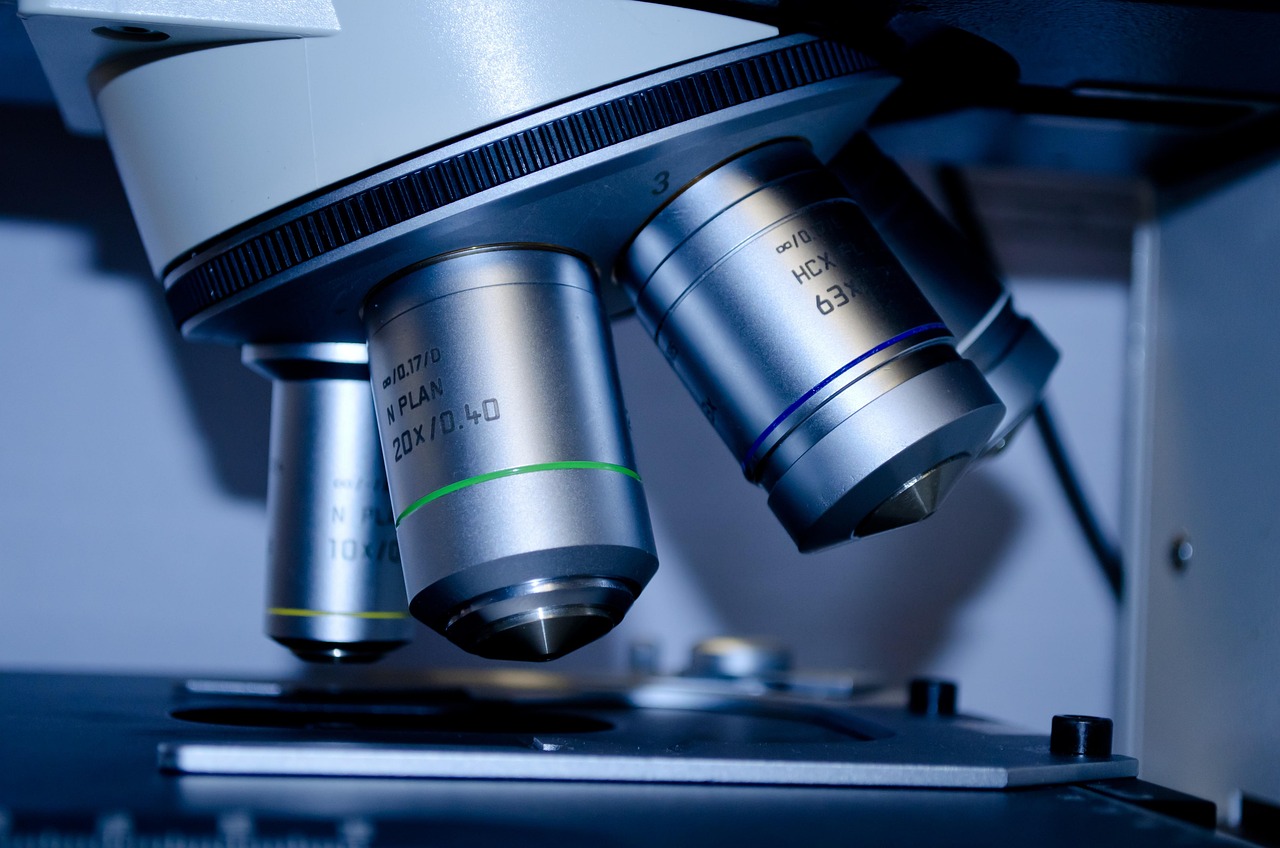Neural Networks for Blockchain Smart Contract Vulnerability Risk

The integration of blockchain technology into various industries has introduced efficient and secure ways to conduct digital transactions. However, with the increasing reliance on this technology comes the inherent risk of vulnerabilities, particularly in smart contracts. Smart contracts, self-executing contracts with the terms of the agreement directly written into code, are pivotal to blockchain functionality. Yet, they have proven susceptible to a variety of security risks. In response, neural networks are emerging as a promising solution for identifying and mitigating these vulnerabilities.
Neural networks, a subset of machine learning and artificial intelligence, mimic the human brain’s network of neurons to process information. Their ability to learn and adapt makes them particularly suited for detecting complex patterns and anomalies, which is critical for identifying vulnerabilities in smart contracts.
Understanding Smart Contract Vulnerabilities
Smart contracts operate on deterministic code, meaning they will execute precisely as programmed without deviation. This characteristic, while beneficial for automation, also means that any flaws or vulnerabilities in the code are equally deterministic. Common vulnerabilities in smart contracts include:
- Reentrancy Attacks: These occur when a function makes an external call to another untrusted contract, allowing the latter to call back into the original function, potentially altering its state unexpectedly.
- Integer Overflows and Underflows: These result from operations that exceed the maximum (overflow) or minimum (underflow) value a variable can store, often leading to unintended behavior.
- Access Control Issues: These arise when there are flaws in the authorization mechanisms, allowing unauthorized users to execute privileged functions.
Neural Networks as a Solution
Neural networks are being developed to address these vulnerabilities by analyzing smart contract code for patterns indicative of security risks. Their adaptability and learning capabilities enable them to enhance their detection accuracy over time with increased data exposure. The following are key methodologies being explored:
- Supervised Learning: This approach involves training a neural network on a labeled dataset containing both secure and vulnerable contracts. The system learns to classify new contracts based on this training.
- Unsupervised Learning: In scenarios where labeled data is scarce, unsupervised learning methods can cluster smart contracts into categories, identifying outliers that may represent vulnerabilities.
- Reinforcement Learning: This dynamic approach allows the neural network to learn optimal strategies for vulnerability detection through trial and error interactions within a simulated environment.
Global Context and Adoption
The application of neural networks in blockchain security is gaining traction worldwide. As blockchain technology continues to evolve, the international community recognizes the importance of safeguarding digital assets from potential threats. Countries with significant blockchain adoption, such as the United States, China, and members of the European Union, are investing in AI research and development to bolster smart contract security.
Moreover, collaborations between academia and industry are fostering innovation in this domain. Leading tech companies and research institutions are pooling resources to enhance the capabilities of neural networks for smart contract analysis. This collaborative effort is crucial as the blockchain ecosystem expands, necessitating robust security measures to maintain trust and reliability.
Challenges and Future Directions
Despite the promising potential of neural networks, several challenges remain. The complexity of blockchain environments and the diversity of smart contract languages require sophisticated models capable of understanding nuanced code intricacies. Additionally, the need for large datasets to train these models poses logistical and privacy concerns.
Looking forward, the development of more advanced neural network architectures and the integration of cross-disciplinary insights will be pivotal. As the field progresses, establishing standardized protocols for smart contract auditing and vulnerability detection will also be essential to ensure consistent security practices across the industry.
In conclusion, neural networks represent a significant advancement in the quest to secure blockchain smart contracts against vulnerabilities. By leveraging the adaptive and predictive capabilities of these AI systems, the blockchain community can better protect digital ecosystems, fostering a more secure and reliable technological future.














